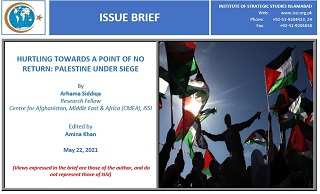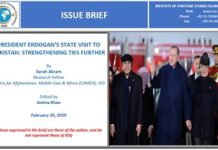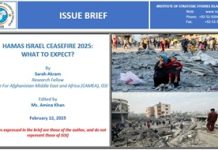On May 7, 2021, the last Friday of Ramazan, one of the most revered moments of a month whose sanctity in itself enjoins that peace prevail — Israeli forces indiscriminately fired rubber bullets and stun grenades on Palestinian worshippers in Al Aqsa Mosque, injuring more than 200 people. Despite this, hundreds of believers returned to Al Aqsa’s dome the following day to mark the ‘Night of Power’, begging the question of how many decades of oppression have prepared them for this display of resilience.
The recent unrest stems from forced Palestinian evictions taking place in the Sheikh Jarrah district of East Jerusalem since 1972, in what is the continuation of Israel’s greater project of settler-colonialism. Sheikh Jarrah is a small neighborhood in East Jerusalem, home to 28 Palestinian refugee families that were ethnically evicted from their original homes during the 1948 Nakba. An agreement between Jordan and the United Nations Relief and Works Agency for Palestine Refugees (UNRWA) in 1956 specified that these families would be alloted land in Sheikh Jarrah. However, a ruling by an Israeli court in October 2020 set to forcibly remove 12 Palestinian families from the neighborhood, with the confidence that they would hand over their holdings to Israeli settlers. They were given until May 2021 to evacuate. Consequently, 550 Palestinians face the threat of displacement.















